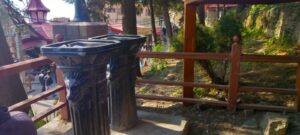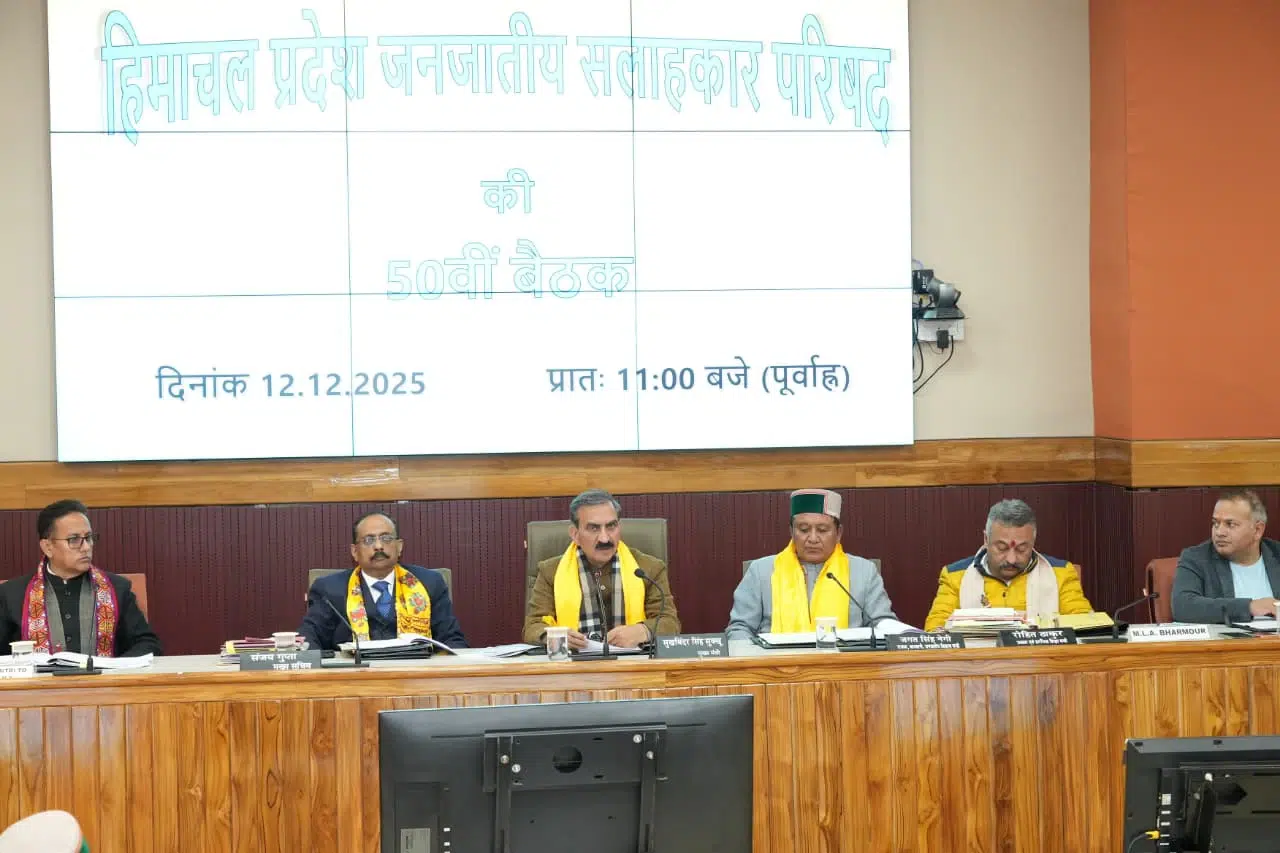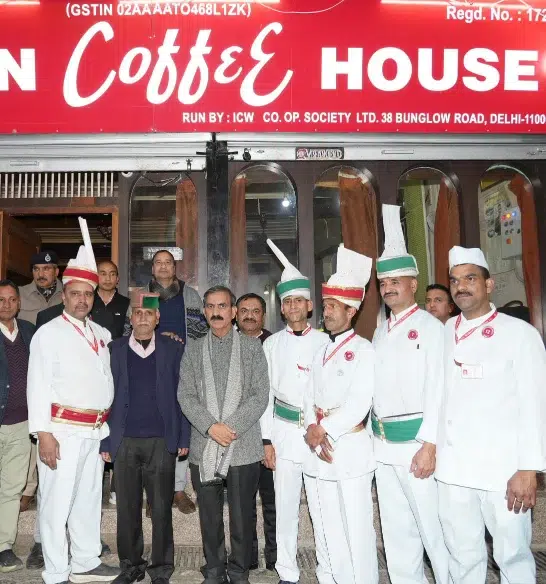Fading Roar: Untold Story of Shimla’s Lost Lion-Head Water Hydrants
3 min read
Few Years Back This was made functional but did not last long
Shimla, Feb 11 Ritanjali Hastir
In the lofty embrace of the Himalayas, where the echoes of colonial history whisper through the pine-scented air, lies Shimla – a once-proud bastion of British India. However, the promise of restoration and beautification made during Chief Minister Virbhadra Singh’s reign in 2014 has proven to be nothing more than a cruel hoax, with the historic town now bearing the scars of government apathy.
Amidst the lofty claims of rejuvenating Shimla’s heart, the Mall, the iconic British-era lion-head water taps, once the epitome of vintage charm, have been neglected and reduced to pitiable relics. The lofty budget of 33 crores sanctioned by the Asian Development Bank (ADB) for the Mall’s beautification has been squandered on a cheap, tasteless imitation by the Tourism department – a slap in the face of history and a blatant waste of public funds as the project materialized in the year 2017 – 2019 during the previous BJP rule under the leadership of Jai Ram Thakur as the Chief Minister.
The plastic fiber basins with cheap imitations have been repurposed as makeshift dustbins. Even the single basic necessity of having a tap is absent, turning these once-charming relics into nothing more than an eyesore.



However, amidst the neglect, glimpses of these iconic taps can still be caught in areas like Lakkar Bazar, Below Kali Bari Road, Middle Bazar, and Sabzi Mandi – if one actively seeks them out. Sadly, the historic significance of public drinking facilities has been lost in areas like Sabzi Mandi, where encroachments by local vendors have silenced the once vibrant stops.



In stark contrast to these forgotten relics, a single tap in Middle Bazaar stands as a testament to preservation. This lone functional tap, adhering to the original method of water dispensing through the lion’s mouth, is meticulously maintained by a private shop owner, showcasing a commendable dedication to the preservation of Shimla’s heritage.
Sanjay Chauhan, the former mayor, recalls the Municipal Corporation’s resistance to this ill-conceived project. The Tourism department, in its relentless pursuit of mediocrity, ignored pleas and objections, ushering in a grim era where the once-proud Mall is now littered with plastic replicas. Chauhan, in frustration, even reached out to the ADB’s Country Project head, only to find his concerns falling on deaf ears.
“The ruling heads are determined to turn our city into a generic metro, oblivious to the fact that it’s the unique historic relics like these lion-head taps that make Shimla stand out globally,” laments Jadeesh Kumar, a local resident whose nostalgia is overshadowed by the town’s degradation.
The sorry state of these historic water stations is a testament to the government’s abysmal shortsightedness. The lion-head taps, now non-functional and repurposed as makeshift dustbins, epitomize the decay that has befallen the once-charming Mall. The absence of even a single working tap paints a stark picture of the mismanagement and negligence that pervade Shimla’s governance.
Below Kali Bari Mandir on the route to AG Chownk, a tap almost swallowed by the ground symbolizes not only the government’s disregard for history but also the erosion of Shimla’s soul, one tarred road at a time.
Shimla’s forgotten relics are not just abandoned artifacts; they are the victims of a deliberate betrayal by the very authorities entrusted with their preservation. The allocated budget, intended to breathe life into the Mall, has instead fueled a grotesque caricature that mocks the town’s rich heritage.
Shimla, once a symbol of grace and elegance, now stands as a cautionary tale of what happens when the custodians of history forsake their duty. As the past crumbles under the weight of indifference, the town’s unique identity is sacrificed on the altar of shortsighted modernization, leaving its residents and admirers mourning the loss of something truly irreplaceable.






